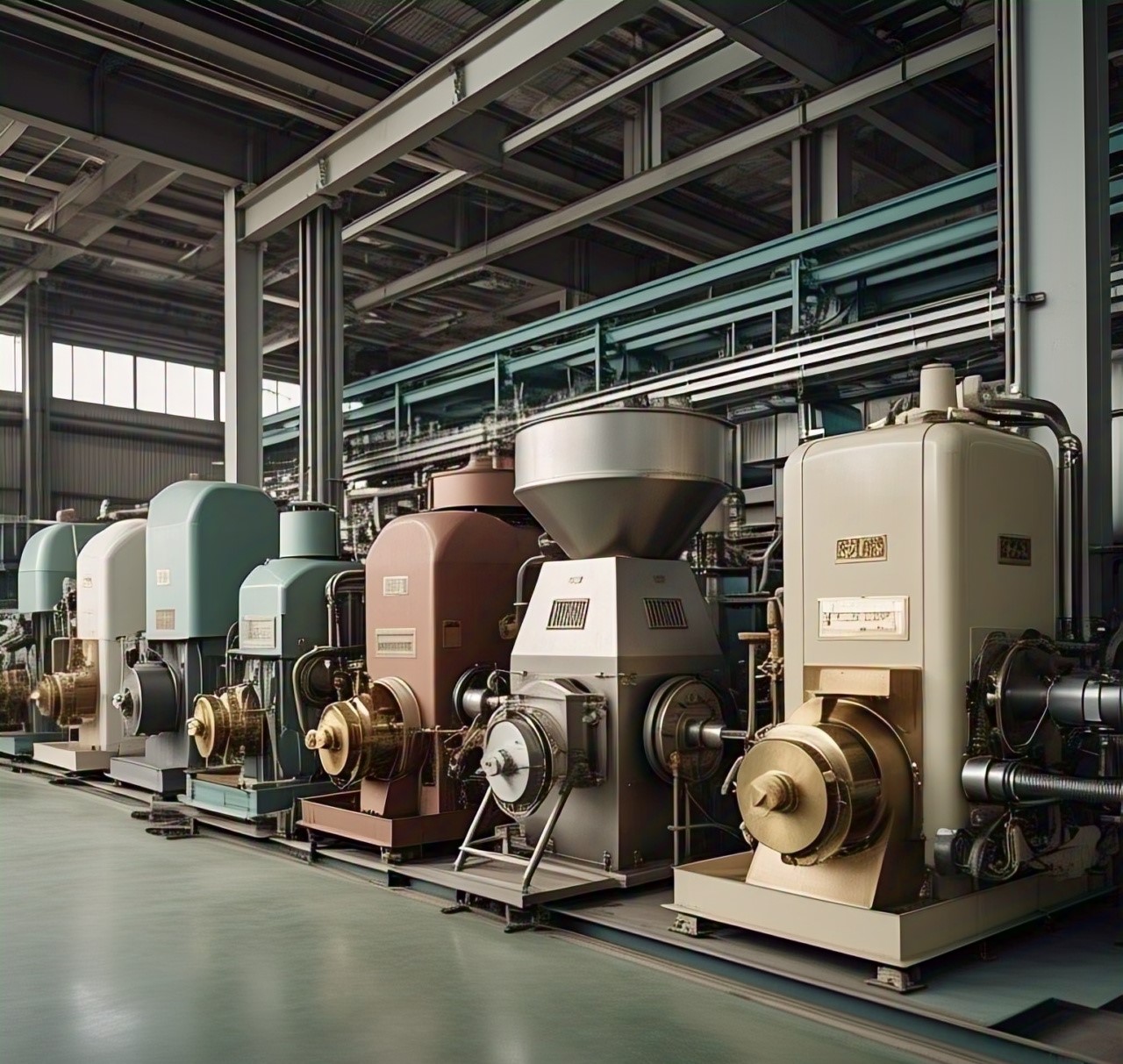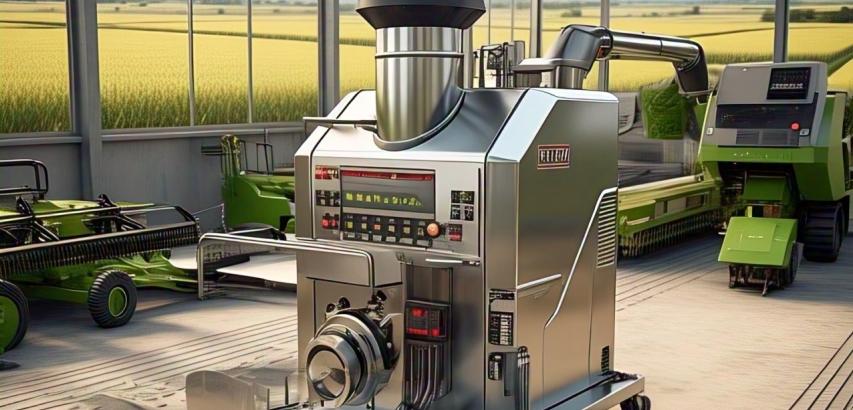A rice milling machine is an essential agricultural tool designed to transform harvested paddy rice into edible white rice by removing husks, bran, and impurities. This machinery plays a pivotal role in global food security, ensuring efficient processing to meet the demands of households, commercial markets, and export industries.
Key Components and Working Principle
Cleaning Unit:
Removes debris (stalks, stones, dust) from raw paddy rice using sieves, air blowers, or vibrating screens.
Dehusking/Hulling Unit:
Rubber rollers or steel hullers strip away the outer husk, producing brown rice.
Separation System:
Paddy separators use gravity or airflow to separate unhusked grains from brown rice.
Whitening Chamber:
Abrasive or friction-based mechanisms polish brown rice to remove bran layers, creating white rice.
Polishing Unit (Optional):
Enhances grain luster and removes residual bran.
Sorting and Grading:
Optical sorters, screens, or color sorters classify rice by size, color, and quality.
Types of Rice Milling Machines
Single-Pass Rice Mill:
Compact, affordable machines for small-scale farmers. Processes paddy to white rice in one step (lower precision).
Multi-Pass Rice Mill:
Industrial-grade systems with separate stages for hulling, whitening, and polishing (higher yield and quality).
Combined Rice Mill:
Integrates husking, milling, and sorting into a single unit for medium-scale operations.
Modern Automated Mills:
Computer-controlled systems with IoT integration for real-time monitoring and minimal human intervention.
Advantages
High Efficiency: Processes hundreds to thousands of kilograms per hour, depending on capacity.
Improved Rice Quality: Reduces broken grains and ensures uniform polishing.
Cost-Effective: Lowers labor costs and post-harvest losses.
Versatility: Handles various rice types (e.g., basmati, jasmine, parboiled).
Scalability: Suitable for small farms, cooperatives, or large commercial mills.
Applications
Smallholder Farmers: Compact mills for local consumption.
Commercial Mills: High-capacity processing for domestic and export markets.
Food Industry: Produces rice flour, pre-cooked rice, or specialty grains.
Seed Processing: Prepares clean, high-quality seeds for planting.
Considerations
Initial Investment: Industrial mills require significant.
Maintenance: Regular replacement of rollers, sieves, and belts is critical.
Power Source: Electric, diesel, or solar-powered options vary by region.
Skill Requirements: Operators need training to optimize settings and avoid grain damage.
Environmental Impact: Husk waste can be repurposed as fuel or biochar.
Popular Models and Brands
Satake Rice Mill (Japan): Industry leader with high-precision, energy-efficient models.
Bühler (Switzerland): Advanced automated systems for large-scale processing.
Milltec (India): Affordable, durable mills for small to medium enterprises.
Yanmar (Japan): Compact, user-friendly designs for rural areas.
Innovations and Sustainability
Energy-Efficient Motors: Reduce electricity consumption by 20–30%.
Husk Recycling Systems: Convert waste into biomass energy or eco-friendly materials.
AI-Powered Sorters: Improve accuracy in detecting discolored or defective grains.
Rice milling machines are the backbone of the global rice supply chain, bridging the gap between raw harvests and consumer-ready grains. From traditional village mills to cutting-edge automated systems, this technology empowers farmers and businesses to maximize yield, quality, and profitability. While challenges like upfront costs and maintenance persist, advancements in sustainability and smart automation promise a future where rice processing is both efficient and environmentally responsible. For nations reliant on rice as a staple crop, investing in modern milling infrastructure is key to achieving food security and economic resilience.

